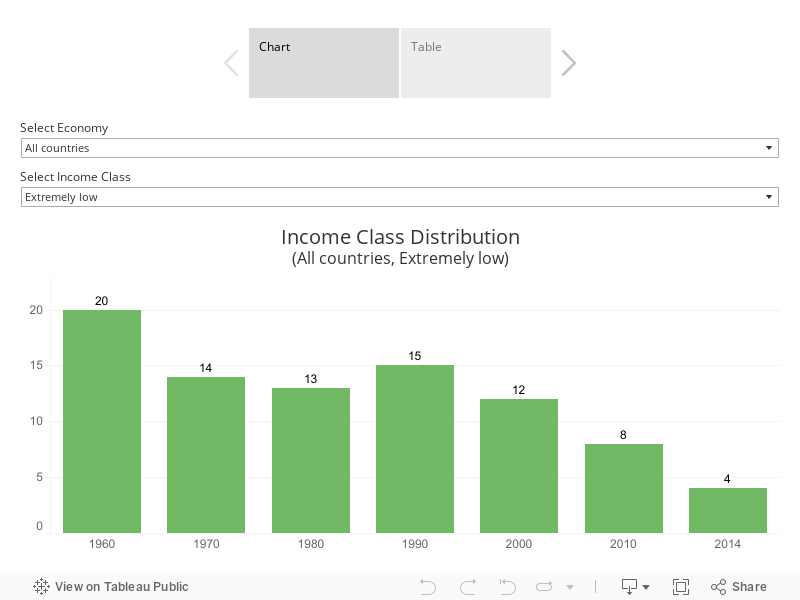

The Center on Policy Initiative's Brownell said the companies that are expanding are contributing to the state's income inequality. "These were companies that had a lot of good paying jobs - $80,000, $100,000, $120,000 - enough to support a middle class lifestyle."Īnd he said many companies that remain are not expanding because of California's land, energy, housing and regulatory costs. "Toyota, Occidental Petroleum, Nissan, companies that employed a large number of middle class people, are going," Kotkin said. More recently, jobs in the business sector have taken a hit. Kotkin said real estate and construction jobs also went away. California has lost 280,000 aerospace jobs over the last 30 years, according to the book "Blue Sky Metropolis: The Aerospace Century in Southern California."Ĭalifornia’s Middle Class Is In Decline, Despite The State’s Immense Wealth

Kotkin said California's middle class started to dwindle when the Cold War ended in the 1990s, devastating the state's aerospace industry. "Our economy is driven by consumer spending." "When people have stable, middle-class incomes, it means they have money in their pocket to consume all kinds of goods, whether that's purchasing housing, buying new clothes, buying cars, buying refrigerators," Brownell said.

"Even though as a whole, our economy is successful in terms of what it's producing and the amount of wealth it's producing, we're not seeing that translate into incomes that will support families here in San Diego and across California," he said.Īnd he believes that is not economically sustainable. Peter Brownell, research director at San Diego's Center on Policy Initiatives, said the inability of California's middle class to afford homes, exposes a vulnerability in the state's economy. "Where I live, all the older people keep complaining, 'My kids keep visiting me just waiting for me to drop dead so they can have the house.'" "Who has got that kind of money?" asked Kotkin. Sometime over the next decade, it changed and now that figure has jumped to as high as 10 times. Kotkin said California families used to pay three times their income for a home in 1970. The Public Policy Institute of California classifies middle income earners as those making between $49,716 and $174,006 based on 2017 calculations. She said her middle class income goes a lot further in Texas than in California. "We sold an 1,800 square-foot home in San Diego and now live in a 4,000 square-foot home and are still paying less on our mortgage," Rudiger said. Rudiger and her husband, Tony, moved their two children to Texas last year. "We couldn't afford to live there with almost half of our income paying for our housing, our property taxes, our utilities so my husband and I both being full-time employees, we could keep up but we could never get ahead." "California opened their doors and basically kicked us out," Kelly Rudiger said.


 0 kommentar(er)
0 kommentar(er)
